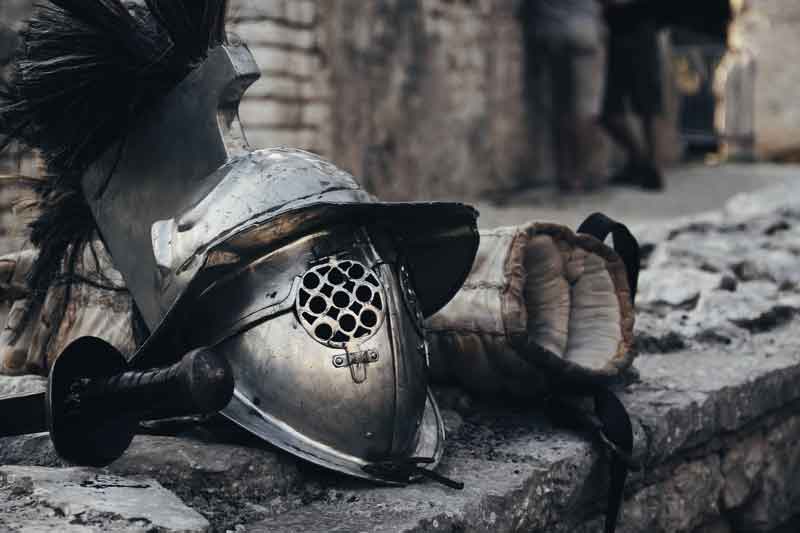Overview
Nickel and nickel alloys are resistant to corrosive environments, especially the corrosive atmosphere of various industrial processes which are too harsh for stainless steel or super-stainless steel. Nickel itself is a very multi-functional corrosion-resistant material. Meanwhile, nickel as an alloying element is metallurgically compatible with other metal elements within a quite wide composition range. It can be combined into many binary, ternary alloys and other complex alloy systems. Nickel-based alloys boast unique performance of corrosion resistance and high temperature corrosion resistance to today's chemical, petrochemical, marine, paper, agrochemical, oil and gas, energy conversion and many other corrosion problems in industrial environments. This article will discuss the corrosion resistance performance of nickel and some nickel-based alloys in aqueous solution.

Classification of nickel and nickel alloys
Nickel alloys can be classified into one-component alloy (pure nickel), binary alloy, ternary alloy, and other special-purpose alloys, as shown in Table 1.
| Alloys | Main grades |
|---|---|
| Ni | Industrial Pure Nickel, 200, 201 |
| Ni-Cu Alloy | 400, K-500 |
| Ni-Mo Alloy | B, B-2, B-3 |
| Ni-Si Alloy | Forged Ni-Si Alloy |
| Ni-Fe Alloy | Invar, Pernifer, Hymu80 |
| Ni-Cr-Fe Alloy | 600, 601, 800, 800H, 690, 602CA, 45TM |
| Ni-Cr-Fe-Mo-Cu Alloy | 28, 825, G, G-3, G-30, 31, 33, 6Mo |
| Ni-Cr-Mo Alloy | 625, C-276, C-4, C-22, 686, C-2000, C-59 |
| Super Alloy | 602CA, 603GT, 2100GT, 230, Others |
Corrosion Resistance of Nickel
There are two basic nickel alloys, the commercial pure alloy 200 (or nickel 200) and the low carbon series alloy 201 (nickel 201). These two nickel alloys exhibit good corrosion resistance to diluted non-oxidizing inorganic acids such as HCl, H2 SO4, H3 PO4 under low to medium temperatures, with the chemical compositions shown as below in Table 2. The reason for such good corrosion resistance is: the standard reduction potential of nickel is more positive than iron, but less negative than copper. Since nickel shows high hydrogen evolution over potentiality, it will be difficult for nickel to decompose hydrogen gas from general non-oxidizing acids. Only the supply of oxygen can accelerate the corrosion.
| Alloys | Ni | Cu | Fe | Mn | C | Si | S |
|---|---|---|---|---|---|---|---|
| 200 | ≥99 | 0.25 | 0.4 | 0.35 | 0.15 | 0.35 | 0.01 |
| 201 | ≥99 | 0.25 | 0.4 | 0.35 | 0.02 | 0.35 | 0.01 |
Corrosion Resistance of Nickel Alloys
In chemical processing and other industrial processing, localized corrosion can incur more problems than any other types of corrosion. In nickel alloys, chromium, molybdenum, nitrogen and the lesser tungsten are all alloying elements that can improve the pitting and crevice corrosion resistance of nickel-based alloys.
Conclusion
Nickel and nickel alloys feature good general corrosion resistance, but different nickel-based alloys are made for distinct corrosive environments. When it comes to selection of materials, it is necessary to carefully analyze the working conditions of chemical equipment, the investment of equipment, the material workability and thermal stability. Nickel and nickel alloys, as new types of materials for chemical equipment, have already been applied in many chemical plants and achieved great economic benefits. We believe with this momentum nickel and nickel alloys will be more and more widely used in various fields of the national economy.
Contact
CIVMATS Co., Ltd. produces high-value nickel alloy raw materials. If you want to know more about nickel alloy, please keep following us. Any requirements or questions about nickel alloy, call CIVMATS!
- Company: CIVMATS CO., LIMITED
- Phone: 86-519-81809659
- Fax: 86-519-81809959
- Email: sales@civmats.com
- Address: 10th Floor, Xin Cheng Nan Du, Wujin District, Jiangsu, China
- Website: www.civmats.com

